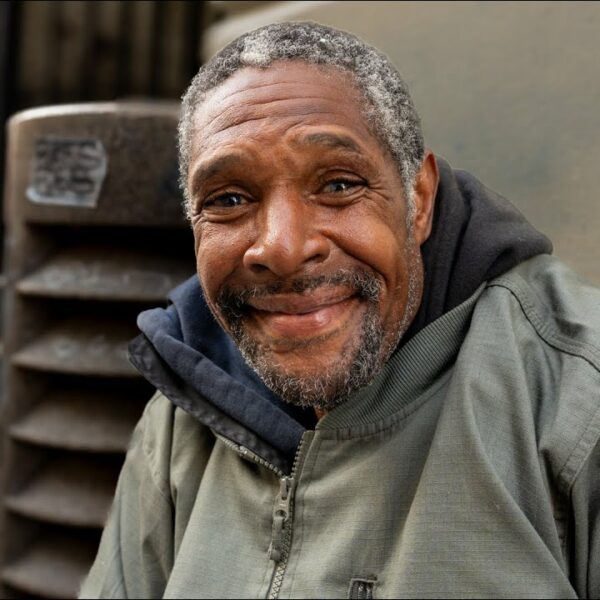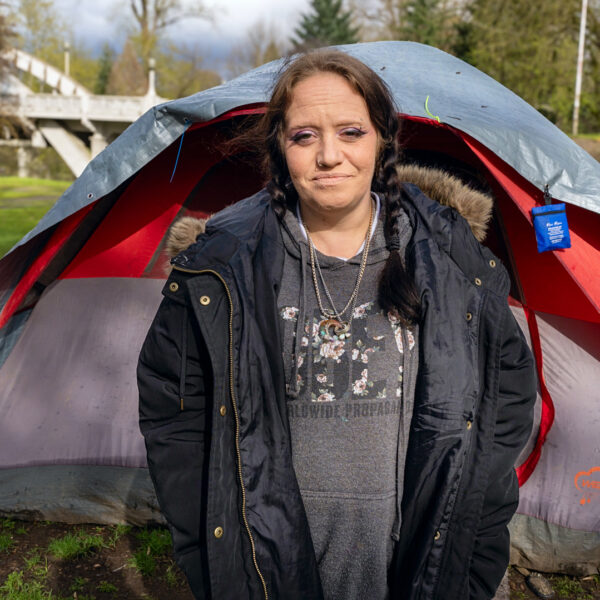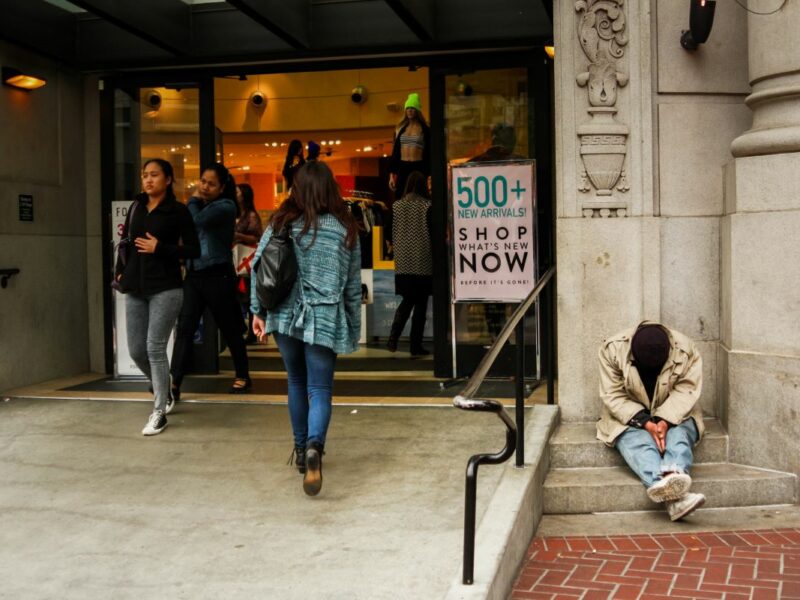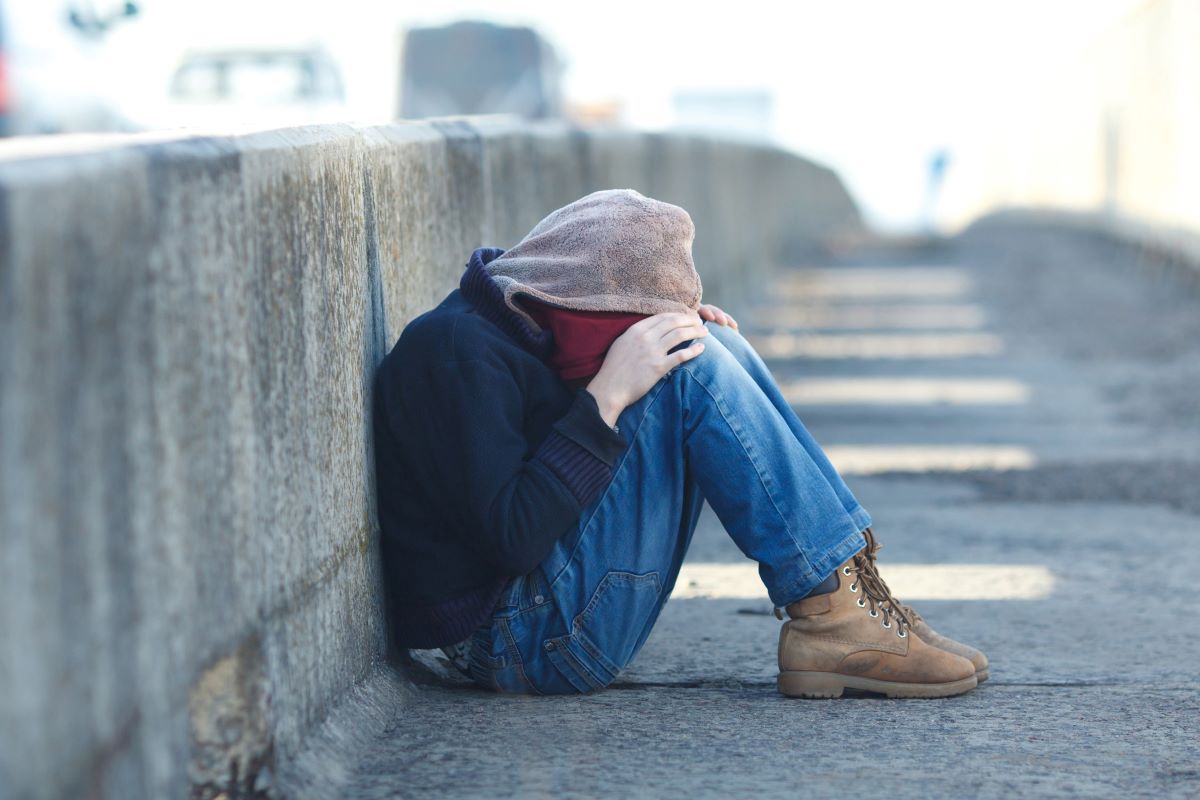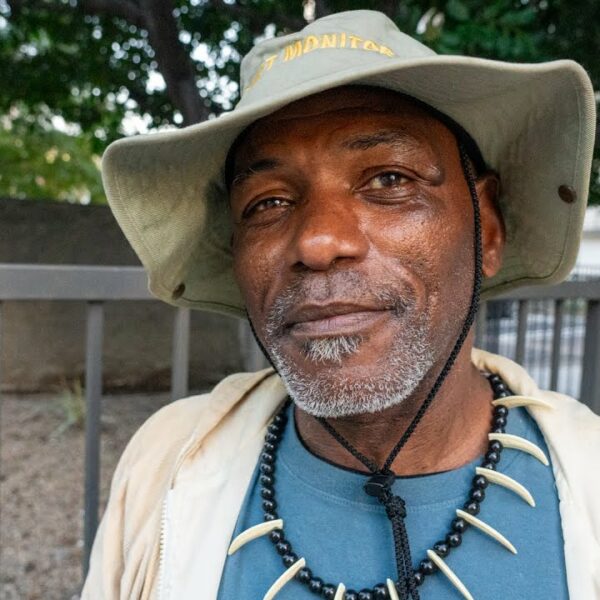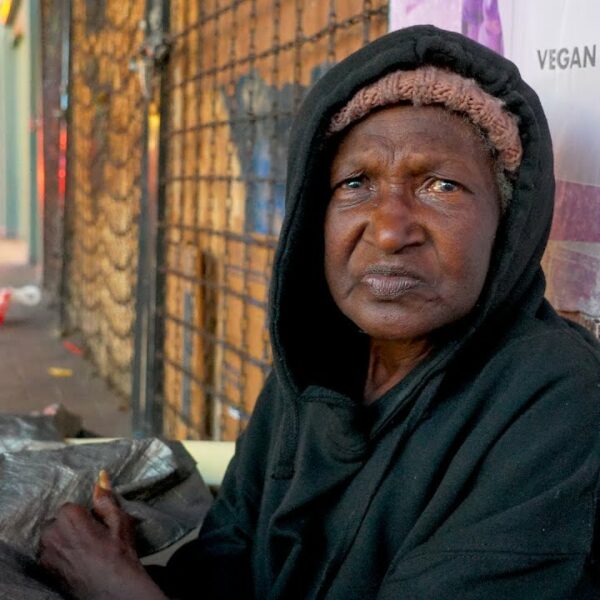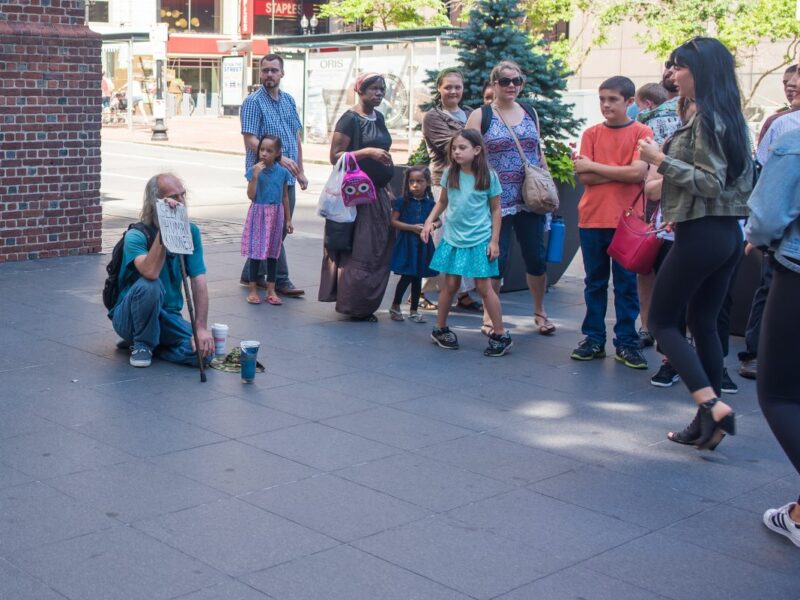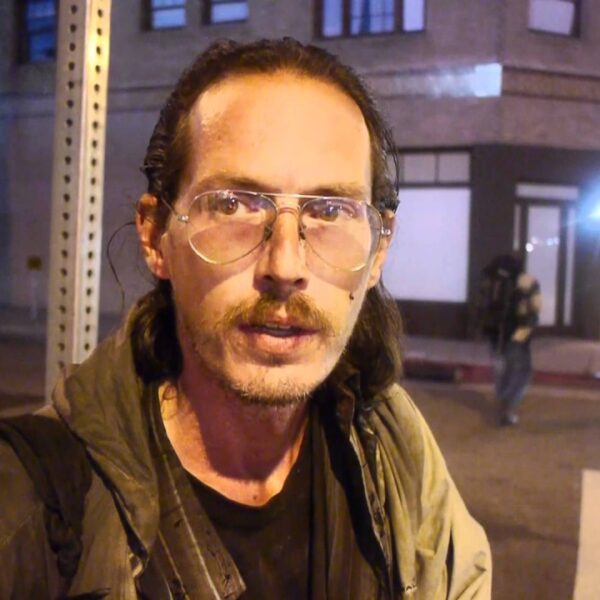Youth Homelessness Demonstration Program (YHDP) Has Proven a ‘Game-Changer’ in Addressing Homelessness Among Young People
Roughly 4.2 million individuals between the ages of 13 and 25 experience homelessness at some point during the year. It’s an age range where ideally, you are supported by your parents as you finish high school and go through college and grad school. Instead, youth that age and younger end up homeless for a variety of reasons that include abuse, parental substance abuse, and parents kicking out youth that identify as LGBTQ2IA+.
To address this staggering amount of youth homelessness, the U.S. Department of Housing and Urban Development (HUD) formed the Youth Homelessness Demonstration Program (YHDP) in 2016. Seven years later, a senior HUD official who spoke to Invisible People called it “transformative.”
“Youth have always been eligible in terms of our Continuum of Care program,” the HUD official said. “So, they have never been prohibited from accessing services. However, we do know that not all those services were well-tailored to address the unique needs of youth. This is one of the reasons YHDP came about.”
While significant research was conducted before the formation of YHDP, the program provided resources that communities could use with “game-changing” results.
HUD recently announced it is giving $84 million spread across 17 communities around the country as part of its sixth round of funding to end youth homelessness.
The following communities benefit from the funding:
- The city of Sacramento and Santa Barbara County in California
- Orlando, Orange, Osceola, and Seminole counties in Florida
- The city of Lynn, Barnstable County, and Worcester County in Massachusetts
- Kent County in Michigan
- Cuyahoga County in Ohio
- Tulsa County in Oklahoma
- The city of Philadelphia
- Northeastern South Carolina
- The city of Jackson/West Tennessee
- The city of Richmond in Virginia
- Colorado
- Georgia
- Missouri
- Washington
The amounts awarded range from $2,228,208 (given to Jackson/West Tennessee) to $11,699,223 (given to Georgia).
The communities are now in the process of coming up with a Coordinated Community Plan (CCP), which will dictate how the money is spent.
Maurie Bergeron is the director of Transition to Independent Living (TIL) services at LUK, Inc., a nonprofit in Worcester County, Massachusetts. Together with the Central Massachusetts Housing Alliance, LUK is leading one of the CCPs.
Bergeron said a “wide net” was cast when bringing other nonprofits into the CCP. More than 200 entities were invited, and about 65 individuals participated in the CCP kick-off meeting on Jan. 19.
According to the HUD official, it will take about a year for the CCPs to make their plan, though it may take less time for some communities. Worcester is planning to submit their plan in May.
Both Bergeron and HUD stress that the input of homeless youth will be crucial to the process.
“This should be a flagstone for everything,” the HUD official said. “It’s not about youth having a voice. It’s about anyone who’s receiving services from HUD in general.”
“If we’re serving them, they’re going to know best what is needed to help them succeed. We don’t need to have a paternalistic attitude of ‘We know best.’ We don’t know the best. We have a lot of information we’ve gleaned over time, but the people who know best how to solve their issues, especially around housing, are the people who need the services.”
“YHDP has been fantastic because we’ve incorporated the youth voice at the community level when they’re making decisions, but also at HUD,” the HUD official said.
When reviewing applications from communities seeking funding, HUD officials asked youths about the program proposals and the likelihood they would work. HUD also incorporates lessons learned from that approach into other homeless assistance programs.
“Any effort to address homelessness should engage people with lived experience in the design. But it’s crucial for youth because they have unique circumstances in how they experience homelessness that many adult providers might not fully understand and recognize,” the HUD official said. “Having youth at the table helps inform not only the design of programs but even how to talk about those programs and design service delivery in ways that youth can understand.”
This is all good to hear – homeless youth have a voice in improving their situation. Now the question is: how much of an impact is YHDP having?
“We believe it’s making a significant impact,” the HUD official said, identifying a significant change in how many youths are presenting as sheltered versus unsheltered since YHDP funds became available. “There were more unaccompanied youths who identified as unsheltered back in 2017. We now see that there are more youths in the sheltered system than there are in the unsheltered.”
“We also know a lot of permanent housing solutions have been tried, and we’ve found success in many of them. Not all – we’re still learning from them, and some work better than others. We believe there’s success, and we’re marking where. The biggest touchpoint is that more unsheltered youth are accessing assistance.”
YHDP is conducting a national evaluation, interviewing youth from communities that received funding in the earlier rounds. Early reporting shows an “overwhelmingly positive movement” in system changes, new programs, and community response to youth homelessness. A final evaluation is slated to come out in the coming months.
Youth homelessness, like homelessness in general, remains a significant issue that we won’t solve overnight. But one thing Bergeron knows for sure is that spending money to help end youth homelessness is explicitly critical to the fight.
“The way that the adult homeless system functions is by chronicity. It is one of the primary variables for determining vulnerability, which is how access to services is determined,” she said. “And so, if you have an 18-year-old that got kicked out yesterday, they’re not going to hit the mark. Because they don’t have chronicity, they don’t have ongoing health problems. They don’t necessarily have a dual diagnosis.”
“(Addressing youth homelessness) has a secondary prevention piece to it in that it will hopefully prevent these folks from becoming chronically homeless older adults,” she said. Bergeron added that the goal is to meet their needs then and there, interrupting the cycle that can lead to chronic poverty and homelessness.



